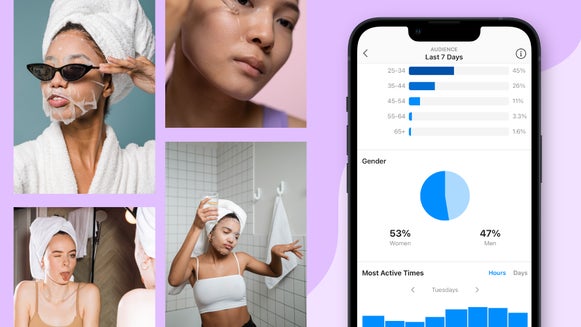Why Inclusive Marketing Is Worth Your Attention
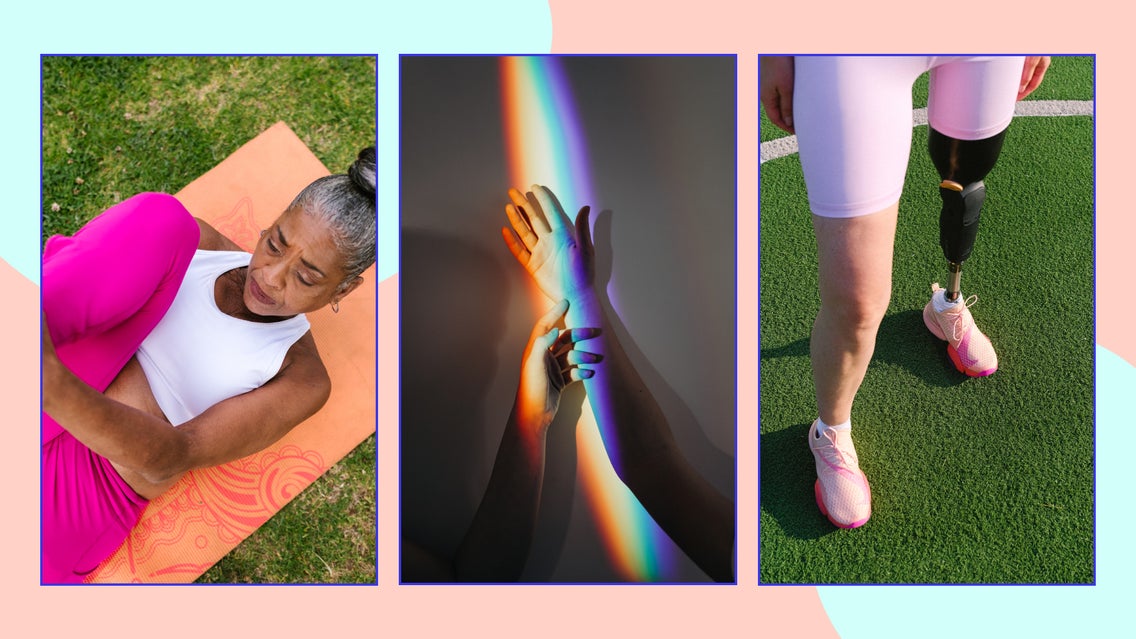
For years, the marketing industry has been wrought with the same body types, skin colors, hairstyles, and genders. These kinds of decisions in advertising and marketing assets are decided by high-level marketers and have the ability to completely shift culture and change cultural standards from a fundamental place.
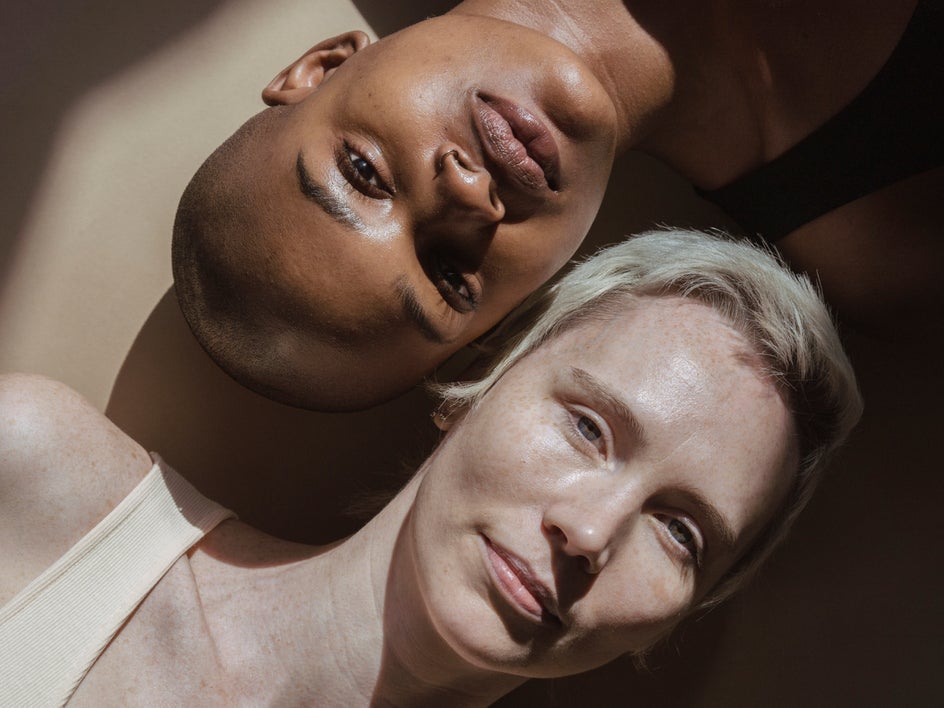
Without even knowing it, our brains become saturated with this messaging and imagery on a daily basis and we begin to create content that perpetuates these same standards that are being fed to us. In many ways, our efforts come from decisions of ours that are made from a mindset on auto-pilot, and that have been influenced by these same high-level marketers who are setting the standards.
Let’s have some real talk here, most of the images that we have been saturated with through the 90s and early 00s were of thin, primarily Caucasian women, who were selling products to women with the goal of making them envious and covetous, and to men with the goal of reducing them to their 'simplistic' animalistic desires; after all, in the world of marketing during this time, the main tagline was: 'sex sells.'

In my opinion, we have truly grown past these marketing attempts with the goal of creating more inclusive marketing materials, especially over the last several years. The importance of doing this is so there is a broader representation of people in marketing campaigns. The current issue that I have been seeing are brands that are adopting this politically correct approach, without it truly saturating into their brand foundations. It is almost as if brands are so terrified of being canceled that they are adopting every social cause out there. So, how do you embody inclusivity and diversity in your brand, without looking like a poser? Keep reading to learn of five concrete ways to have an inclusive brand without being fake.
5 Ways to Have an Inclusive Brand – Without Being Fake
My main focus of concern is why inclusive marketing is worth your attention and how you can create inclusive marketing material in such a way that it is not forced or overdone. No one likes inauthenticity and there is no point hopping on a cultural bandwagon when you aren’t embodying these standards as a brand at your core.
Is Inclusive Marketing Something You Truly Care About?
Don’t adopt a trait if it isn’t actually coming from your core. People can smell inauthenticity from a mile away. It is easy to tell that you are full of it if a value of yours is inclusivity but your brand shows no ability to represent inclusivity in the content or assets it is creating.
When working with brands on brand strategy, and developing fundamental brand pillars, most companies over the last several years have made “diversity” one of their brand values. It sounds great and is a hot word that produces great SEO results, but what does it actually mean to hold yourself and your brand in such a way that you embody diversity?
The issue I continued to see with these brands is that they would make inclusion of diversity part of their brand pillars but then it would get lost in translation when they began producing material for their brand. Either this means that this actually isn’t one of their values, or they don’t know how to practically embody it in action.
Be honest with yourself here. Is inclusivity one of your values or are you just adopting it because you don’t want to get culturally cancelled? I think that Nike is a brand that makes diversity look natural on their feed – it isn’t something that they force, and their feed is a great melting pot of all genders, races, and athletic shapes and sizes. This shows that they like to stay on brand and produce material that is in alignment with their messaging.
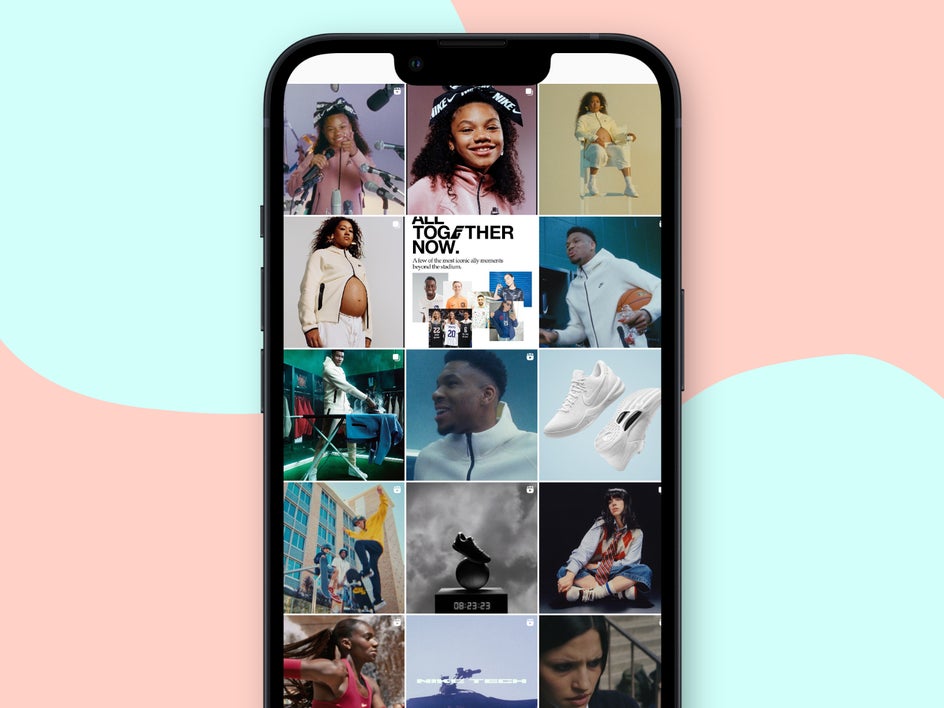
You Must Choose What Kinds of Inclusion Is Best for Your Brand
Deciding that you are inclusive should not be the end result. You must decide what inclusion means to you. Personalize it. With branding, you don’t want to be so inclusive that your target demographic is 'everyone.' This is not the point of inclusion. You need to decide what kinds of inclusion you want and have it make sense for your brand.
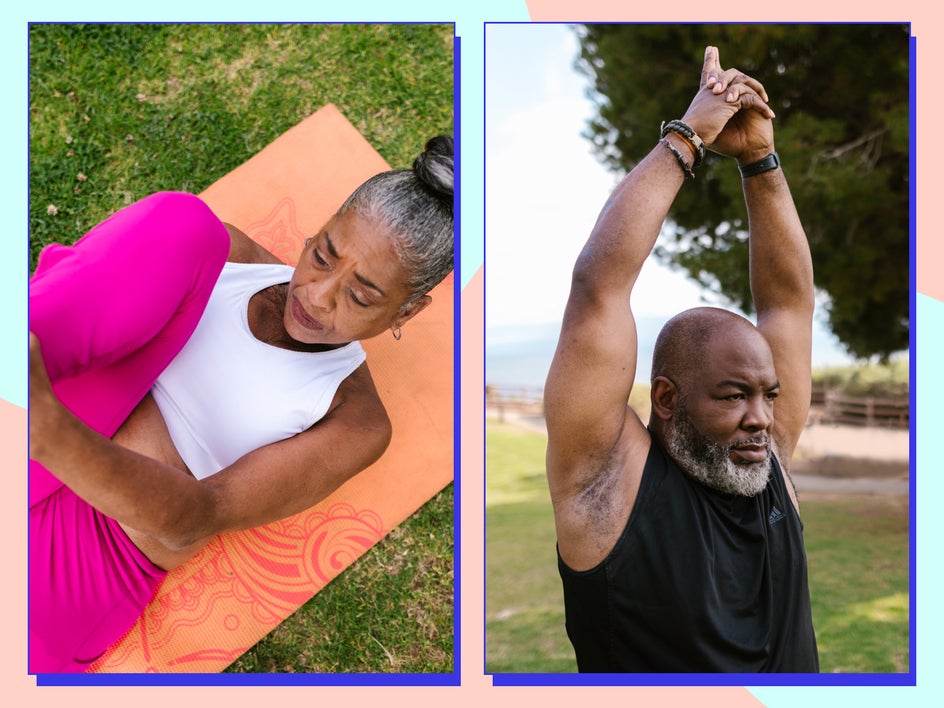
Are you noticing that more elderly people are interested and curious about your products? Do you see an uptick in specific communities or cultures interested in what you are selling or doing? Do you have a goal as a company to make your product or offering more easily accessible to specific communities? This is the real work of inclusion. You have to be intentional about what you are selling or doing as a brand.
The cool thing is once you have these kinds of meetings or workshops where you are asking and answering these kinds of questions, it can really give you some good marketing guidance overall as well as help you develop marketing campaigns for the future.
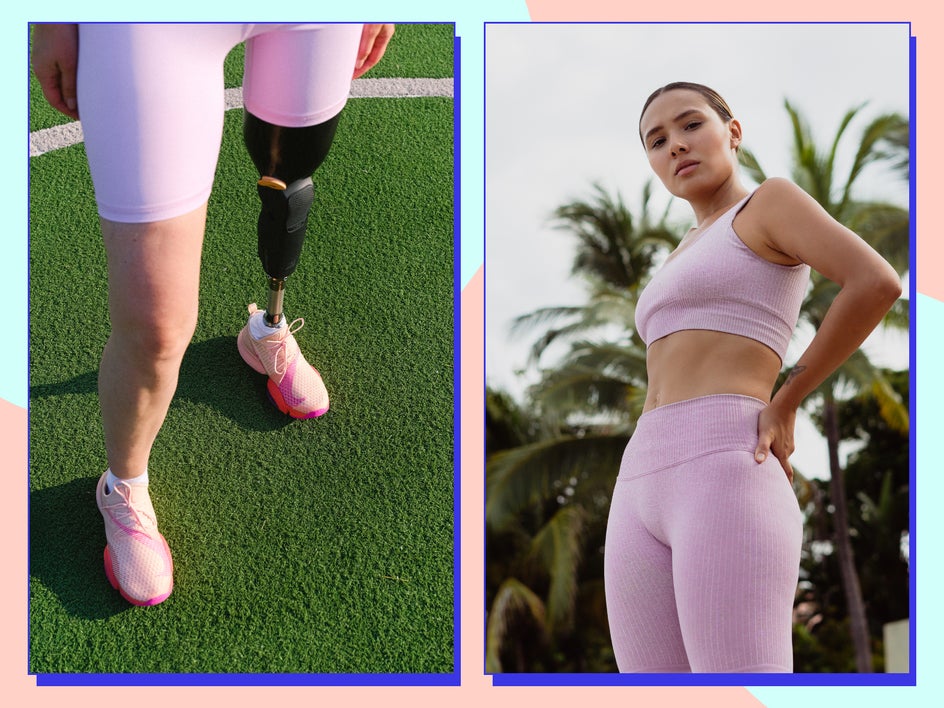
Let’s say that you’re an outdoor company that has the heart to make the outdoors more easily accessible for people with disabilities. How are you going to share this campaign if the people in your campaign do not have disabilities? You have to make sure that your imagery is in alignment with the messaging or campaign you have.
As a note, I don’t agree with being all-inclusive as a brand. You have to focus on your niche and not get swept up in social causes if it is not something that you can truly stand behind. Keep reading for ways to get self-aware and make sure that you’re making informed decisions as a brand.
Use Social Media as a Way to Gather Critical Information
This is one of the greatest gifts of using social media for your brand. It is a free tool that provides rich data that you can use to better your marketing efforts. Not only that, but it is a platform where you can get and find free feedback from your audience and customer base. This is incredible and should not be taken for granted.

If you are a new brand or are wanting to adopt inclusivity and diversity as a part of your brand’s values, humble yourself and ask your audience! Everyone loves offering feedback and giving their opinions. You may get some criticism but this is a great way to listen and adjust your approach.
Get Self-Aware and Focus on Action
I have the opinion that if you have to think about how to have diversity in your branding, you are already too far off the path. This might feel a bit harsh, but during my time as a Brand Strategist and Photographer for many brands, I often saw comments saying things like “It is so good to finally see people who look like me represented by a brand I have loved for so long.” Honestly, this was heartbreaking to hear and made me realize how much of a disconnect business owners had from what they thought were their values and what core values they actually lived by.
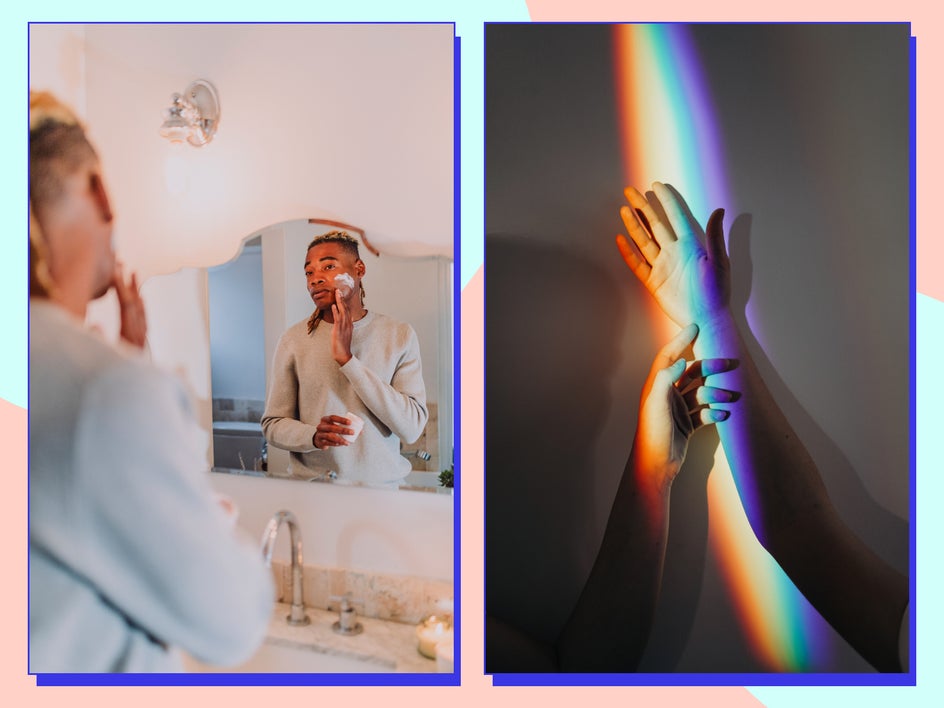
I also saw countless examples of companies who would hop on certain cultural bandwagons on social media like putting up a black square for Black Lives Matter or an equal sign for LGBTQ support without even taking time to think about it. The bigger issue is that I would then listen to the behind-the-scenes chatter of these same companies and more often than not they would tell their marketing manager to throw up these images simply because they didn’t want the headache of getting canceled by the masses.
Many conversations were needed in order to correct this level of reactivity. In my opinion, these social causes give brands the chance to check in with themselves and their teams, analyze their efforts, and adjust where they see they need to. If you see a brand hopping on these social bandwagons but aren’t seeing them adjust and change, then you know they are simply doing it for show – so keep an eye out and challenge these companies to put their money where their mouth is!
You must be honest in these situations and explain to your audience that you are having internal discussions about these issues and are doing the much-needed work to adjust and flex. After this, you must follow up with your audience about what you are going to change as a company. That could mean that you realize your models are not diverse enough and are committed to hiring a diverse array of models, opening up your social media for a casting call. What we want here is brand self-awareness and action steps to fix any issues you see.
Once You Adjust, It’s Time to Learn
Now that you’ve decided what your actual values are, how you want to adjust as a brand, and what actions you are going to take moving forward to be more inclusive – it’s time to learn some new skills because the work is not yet finished! You might have a goal to be more diverse in your photography, but do you know what diverse photography looks like? Does your photographer know how to edit with diversity in mind? If you make all of these decisions and then they are not executed properly, your planning will fall short.
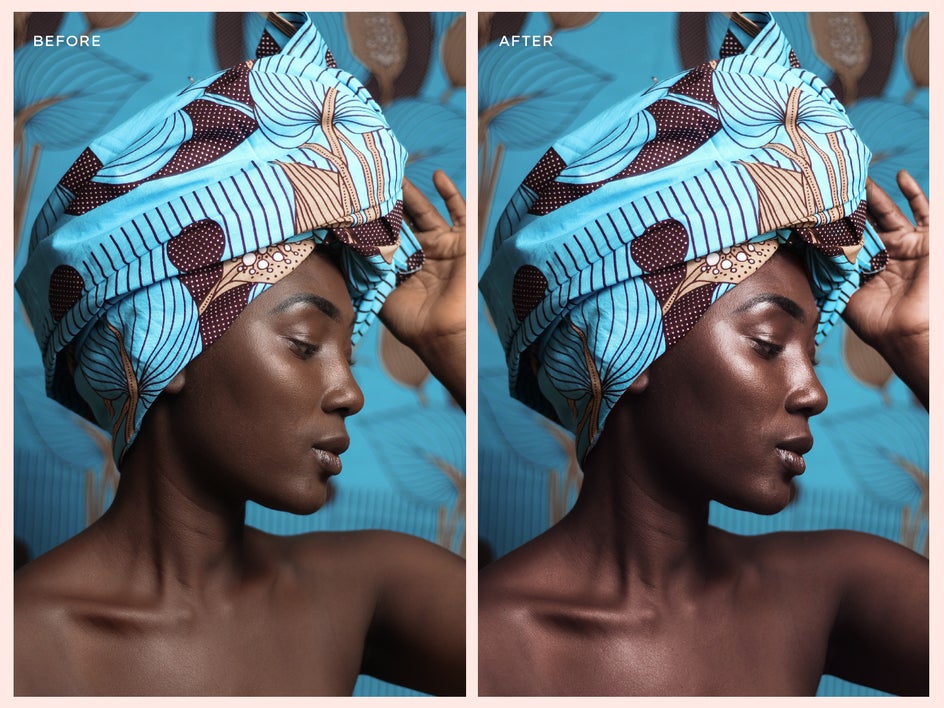
Imagine deciding to be more inclusive of different skin tones in your brand photography, but you don’t know how to edit your photos for various skin tones! You don’t want to do all of this work just to fall short. Usually, change means that you need to learn some new skills along the way in order to execute your goals in the best possible way. If you are stuck, this could look like reaching out to a consultant or a specialist in these areas in order to educate your team. You could reach out to a photographer that you see is already being inclusive and ask them to do a workshop with the photographers you have on staff or see if they would work with you as a contractor!
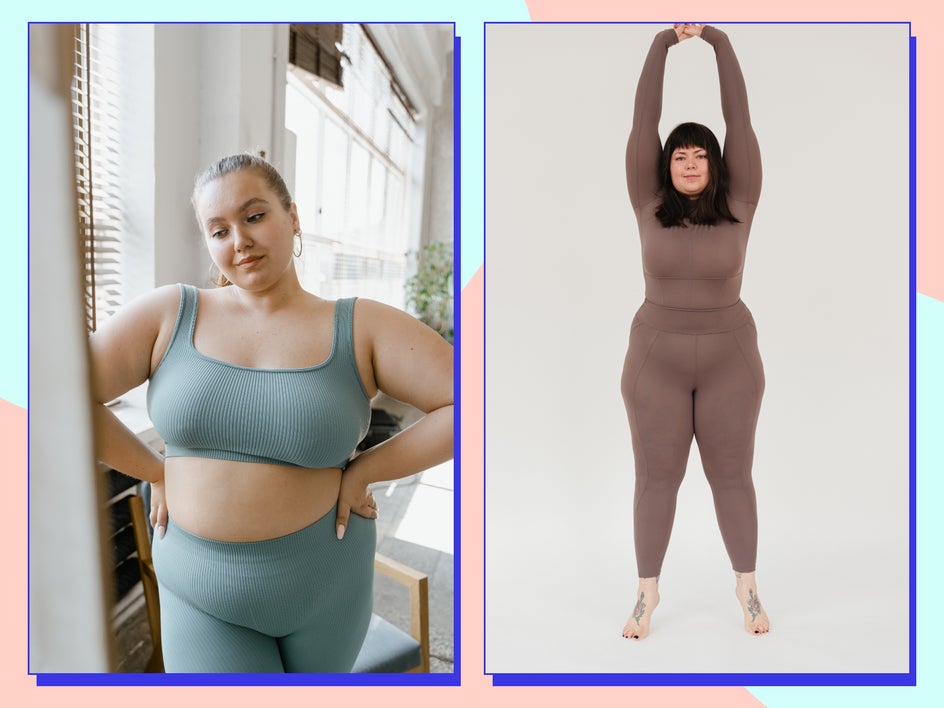
Do you want to be more body-positive? Have you decided what you are going to do about retouching your images? Do you know how to edit your images in such a way that are truly body-positive, or are you still going to decide to retouch people’s bodies into a version of body-positivity? If you decide that you want to be more diverse in your brand photography, do you know how to edit for different skin tones or textures? These are the kinds of questions that need to be asked so that you can learn the skills needed to properly execute your values! We have some great articles about these kinds of topics like The Secret to Photo Editing for Various Skin Tones and Designing Your Website for User Accessibility.
Brand Inclusivity and Diverse Brand Representation Is Worth the Effort
Don’t just be inclusive because it’s the politically correct thing to do right now in our heightened culture. It has to be a decision that comes from a natural and mindful place. If you want help in developing your brand photography in a way that focuses on finding your target market and creating content that is truly inclusive, follow these helpful tips above and check out our article How to Develop Your Brand Photography for Stronger Marketing.










